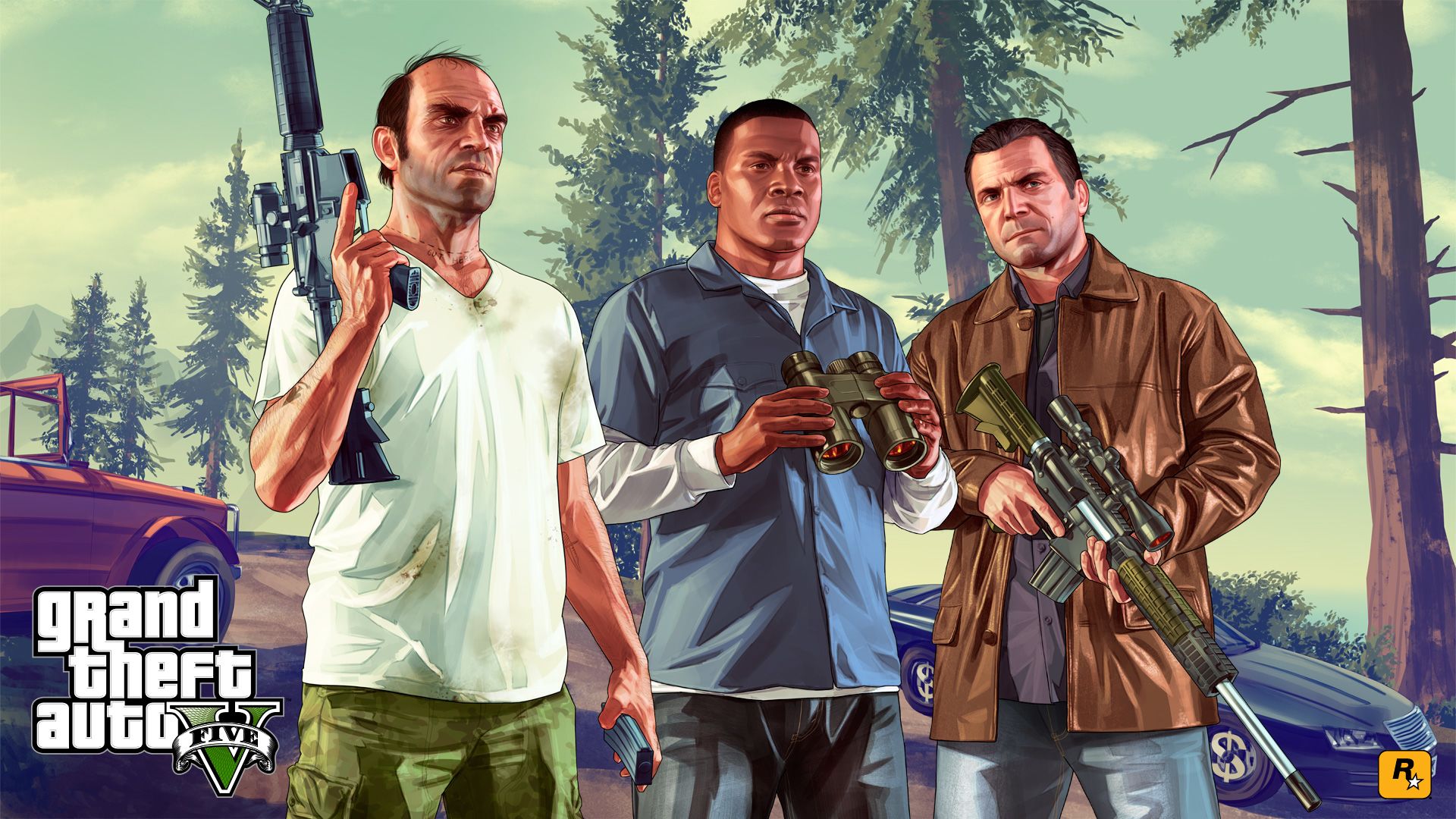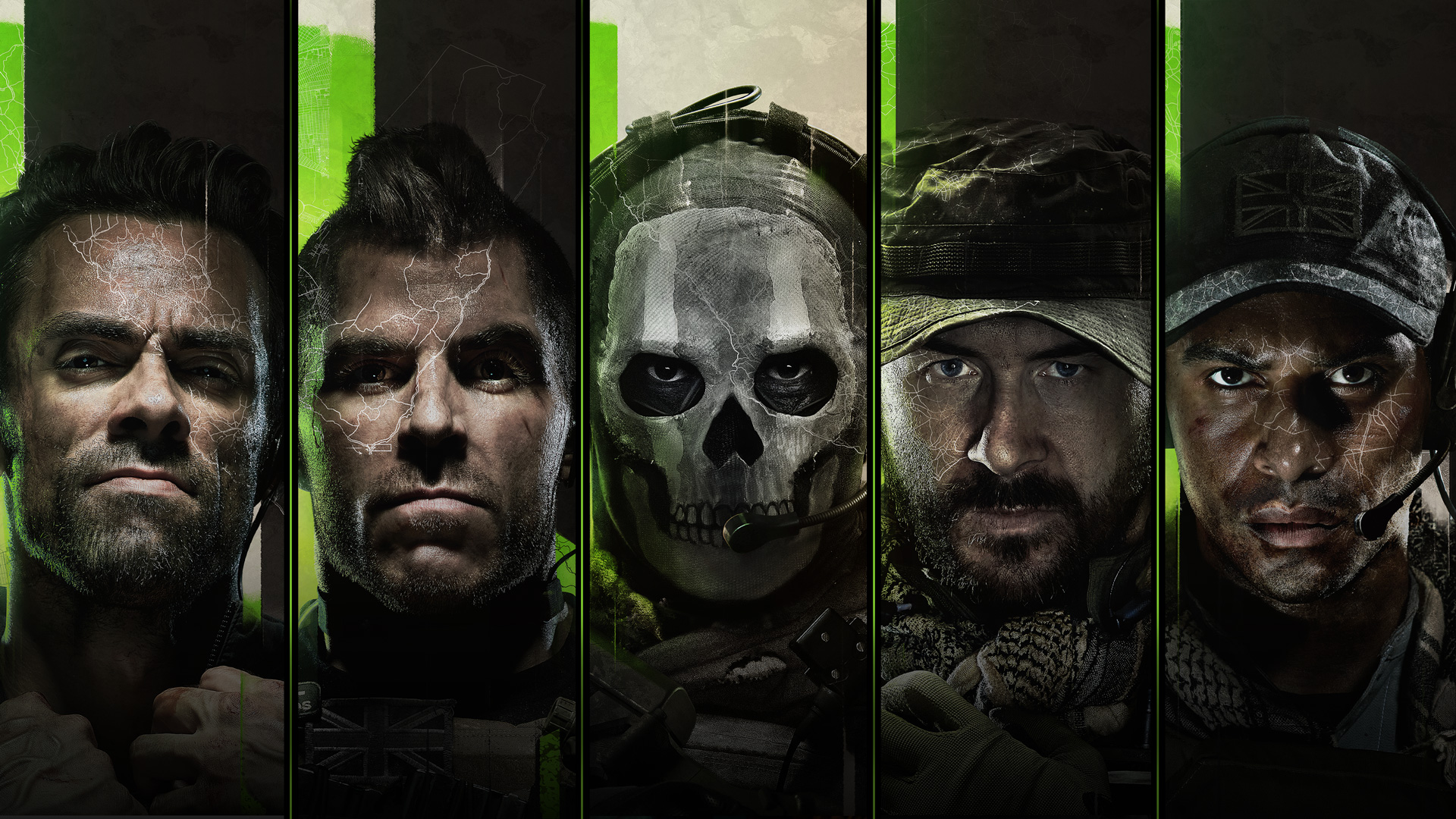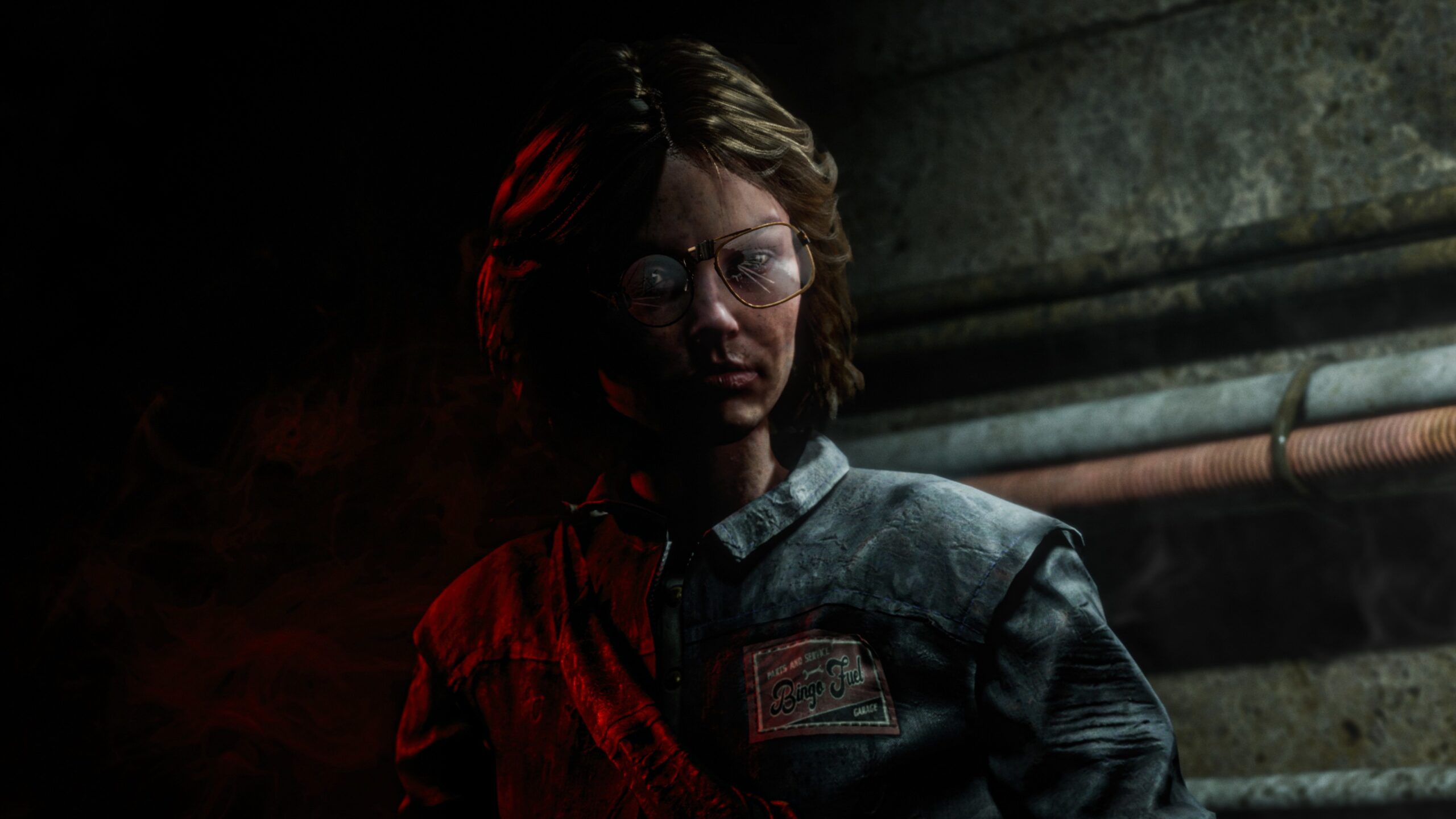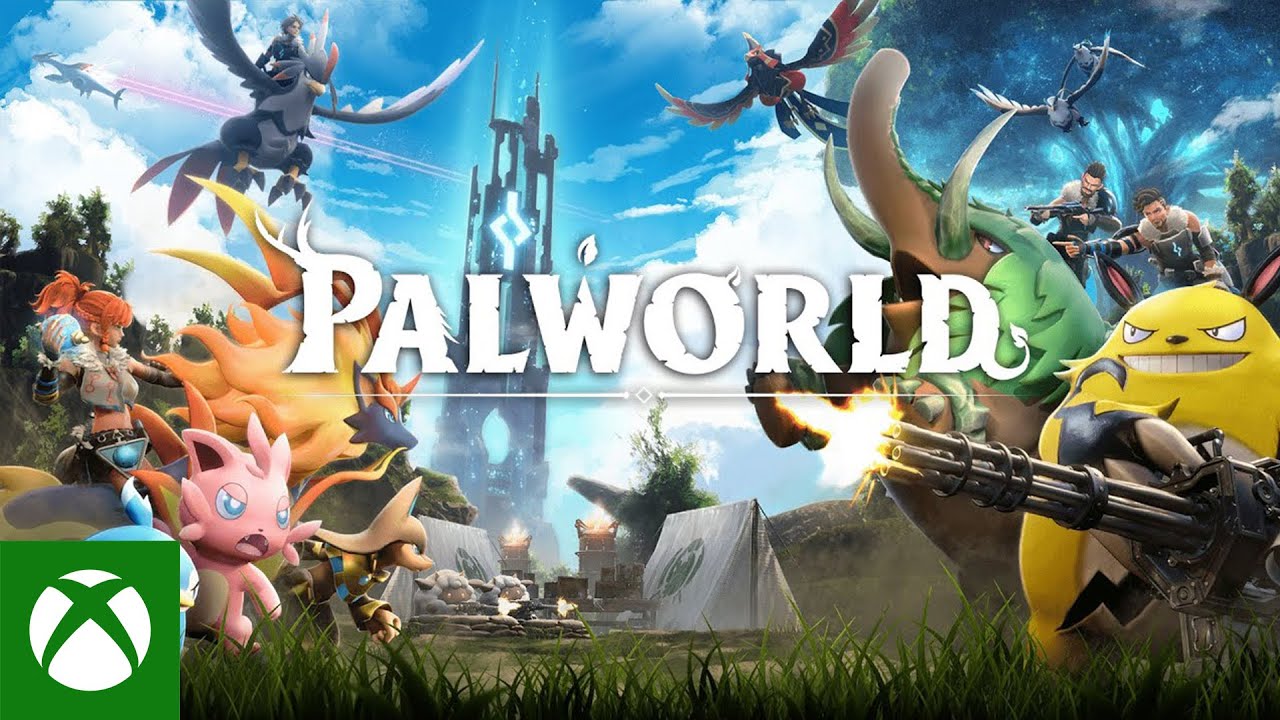Back in the late ’80s and early ’90s, making a video game didn’t cost more than a few hundred thousand dollars. But today, big-budget games can rival Hollywood blockbusters in both cost and scope. Between sprawling open worlds, real-time physics, high-end graphics, motion capture, and marketing blitzes, budgets have soared into hundreds of millions.
Here are the top 10 most expensive video games ever made, adjusted to reflect total development and marketing costs combined.
1. Star Citizen – $600+ Million (Ongoing)

Developer: Cloud Imperium Games
Still technically in development after more than a decade, Star Citizen has become the most crowdfunded video game in history. With over $600 million raised and no full release in sight, this space sim/MMO hybrid continues to baffle with its ambition—and its price tag.
2. Grand Theft Auto V – $265 Million

Developer: Rockstar North
When it launched in 2013, GTA V was the most expensive game ever made. Its $137 million development budget combined with an estimated $128 million marketing campaign pushed costs to over a quarter-billion. Worth it? The game made over $1 billion in its first three days.
3. Cyberpunk 2077 – $250 Million+

Developer: CD Projekt Red
Despite a rocky launch, Cyberpunk 2077 was one of the most anticipated games of the decade. With extensive marketing, celebrity involvement (Keanu Reeves), and nearly a decade of development, its price tag soared. Post-launch updates and DLC added even more to the total.
4. Call of Duty: Modern Warfare II (2022) – $250 Million+

Developer: Infinity Ward
Activision poured massive resources into Modern Warfare II, both in terms of development and a massive global marketing campaign. With annual sales in the billions, this investment continues to pay off.
5. Destiny – $140 Million to $500 Million (Including Franchise Investment)

Developer: Bungie
Initially, Destiny was touted as part of a 10-year plan costing up to $500 million, though Bungie later clarified that figure included infrastructure and long-term franchise support. Still, the launch title alone cost around $140 million in development and marketing.
6. Red Dead Redemption 2 – $170–240 Million

Developer: Rockstar Games
Following up the original Red Dead Redemption, Rockstar spared no expense for this epic Western. With cinematic visuals, deep storytelling, and a massive open world, RDR2 had a team of over 2,000 developers and took nearly eight years to complete.
7. Final Fantasy VII Remake – $200 Million+

Developer: Square Enix
This reimagining of a JRPG classic took years to develop and was split into multiple parts. Each installment is AAA in scope, with meticulous art direction, high-quality voice work, and enormous dev cycles—pushing its total budget past $200 million so far.
8. The Last of Us Part II – $200 Million

Developer: Naughty Dog
Known for narrative excellence and polish, The Last of Us Part II had one of the biggest budgets in PlayStation history. A dev team of hundreds spent years refining everything from its visuals to enemy AI.
9. Halo Infinite – $200 Million+

Developer: 343 Industries
Originally intended as the flagship title for Xbox Series X, Halo Infinite had a turbulent development cycle and multiple delays. The cost ballooned due to engine overhauls, production resets, and the development of an expansive live-service model.
10. Tomb Raider (2013) – $100 Million+

Developer: Crystal Dynamics
Rebooting an iconic franchise is no small feat. The 2013 Tomb Raider was a gritty retelling with modern mechanics and cinematic presentation, costing Square Enix well over $100 million—including marketing.
Why Games Cost So Much Now
Modern AAA games are effectively blockbuster films you can interact with. Costs come from:
- Massive development teams (often 500+ people)
- Motion capture and voice acting (sometimes using A-list celebrities)
- Global marketing campaigns
- Original music and orchestration
- Years of development cycles
And with live-service features, DLC, and post-launch support becoming standard, the financial investment continues well after release.
Final Thought:
As the line between Hollywood and video games continues to blur, don’t expect budgets to shrink anytime soon. But while the numbers may be eye-watering, the results—massive, immersive worlds and unforgettable experiences—are often worth every penny.




